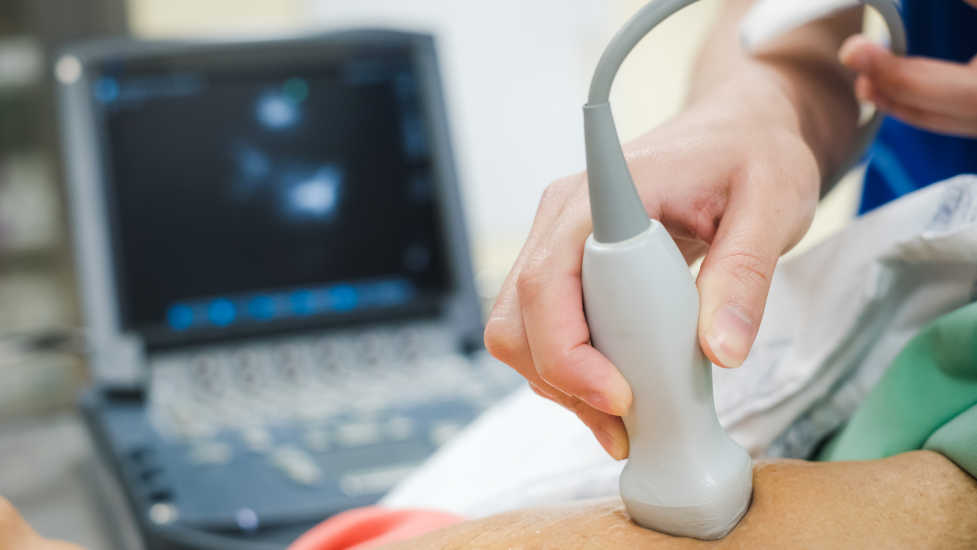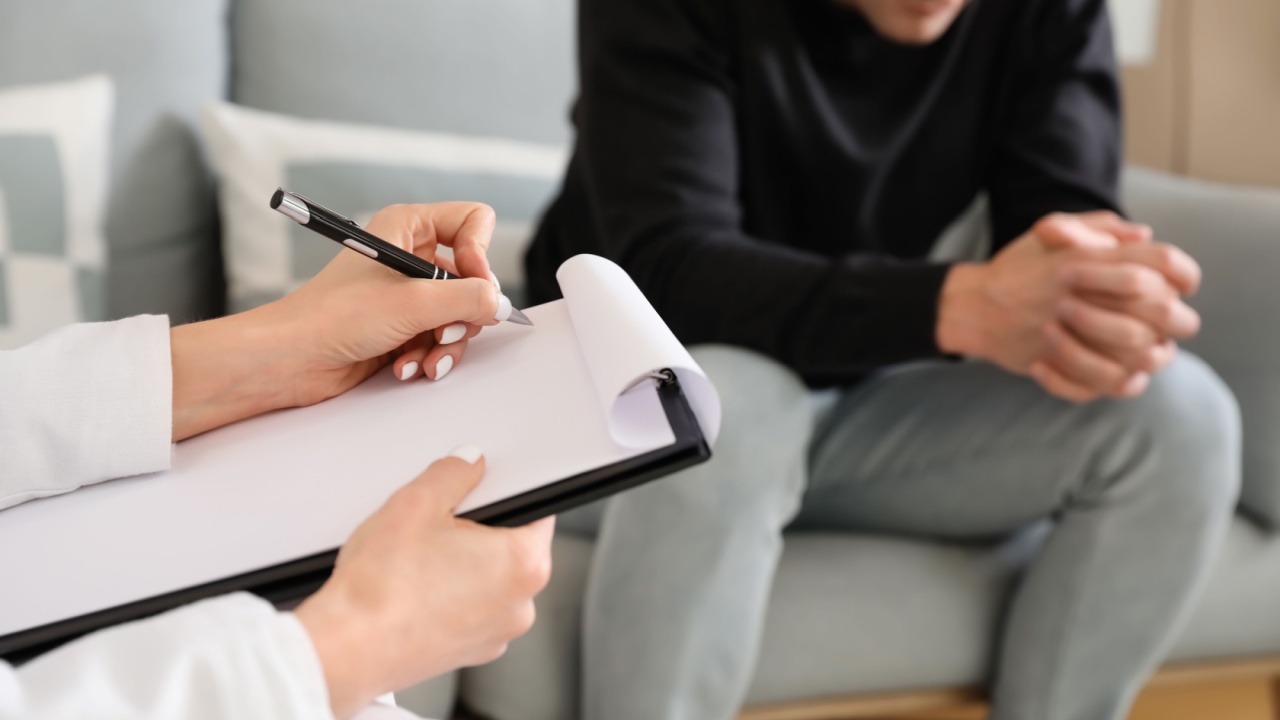Heart disease is the number one killer in America for both men and women. Additionally, stroke is among the leading causes of death and disability across the nation and around the world, with someone in the United States suffering a stroke every 40 seconds.
Early intervention through ultrasound diagnosis can lead to treatment to reverse heart disease and prevent strokes. Working to prevent cardiovascular disease is at the heart of the mission of the nonprofit Arizona Heart Foundation.
The Foundation promotes public awareness of the causes and treatment of cardiovascular diseases, and it’s helping educate the medical technicians that can potentially save your life.
Chief operating officer Sean Kerrigan explains there are two training pathways for sonographers through the the Foundation’s School of Ultrasound – cardiac and vascular.
“The cardiac ultrasound program is obviously focused on the heart. They’re learning all the protocols and practicums around what it looks like for a normal heart and then what it would look like to have heart disease,” says Kerrigan.
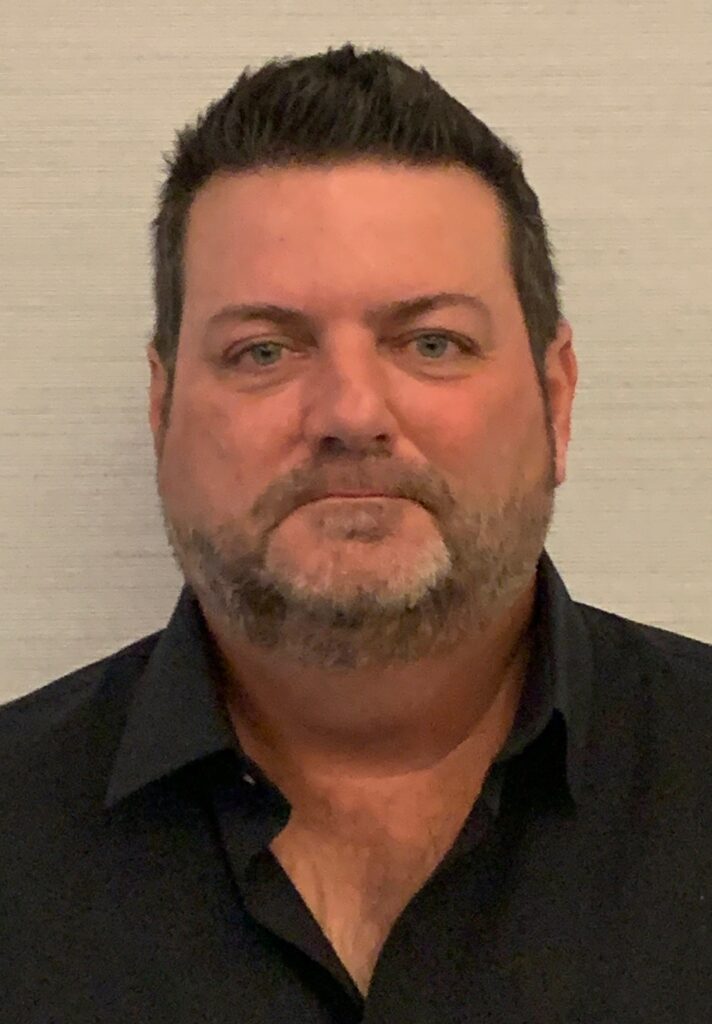
“On the vascular side, it’s looking at the arteries and the veins – the big one being the carotid artery in your neck. Trying to see if there are any blockages to the blood flow to the brain. In the vascular program, we’re doing arms, legs, abdominal, neck, and all over the rest of the body.”
Kerrigan says the need for cardiac and vascular ultrasound technicians is very high. “Before COVID hit, we saw a 20% to 25% increase in [the need for] technicians in the cardiovascular field.”
He says the pandemic has created even more demand for these technicians partly because patients with long-haul COVID symptoms require more frequent ultrasound exams. This is compounded by skilled technicians leaving the field. “We’ve heard here in Arizona that they got hit by a 40% decrease,” says Kerrigan.
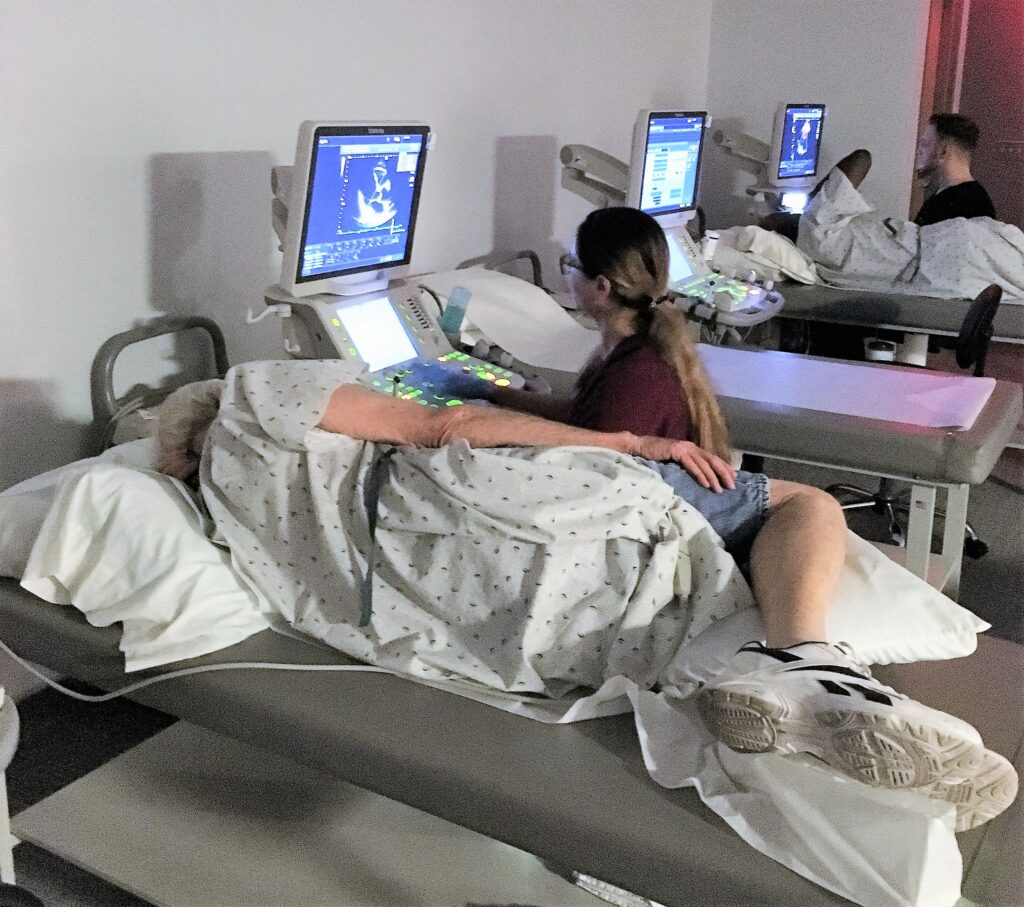
The training program is one year – six months in the classroom and a six-month hands-on externship. Kerrigan notes that the program has a 90% job placement rate. Over the course of a year, there are 75 students participating in either classroom or hands-on training.
According to the BLS, “Employment of medical sonographers and cardiovascular technologists and technicians is projected to grow 14% from 2020 to 2030, faster than the average for all occupations.”
The median annual wage for cardiovascular technologists and technicians was $60,570 in May 2021.
Access to Financing
The Arizona Heart Foundation is collaborating with Meritize to make financing the education more accessible. Founder and CEO Chris Keaveney explains that Meritize is creating awareness, access, and advancement for people, “What that means is we let someone use their merit to qualify for financing when it’s needed to go get skills that lead directly to good jobs.”
The cost of the Foundation cardiac program is $29,900, according to Kerrigan, while the vascular program costs $31,500.
Keaveney explains the company’s definition of merit, “The way we think about it is what you’ve accomplished in the past and how it relates to what it is you want to do now.”
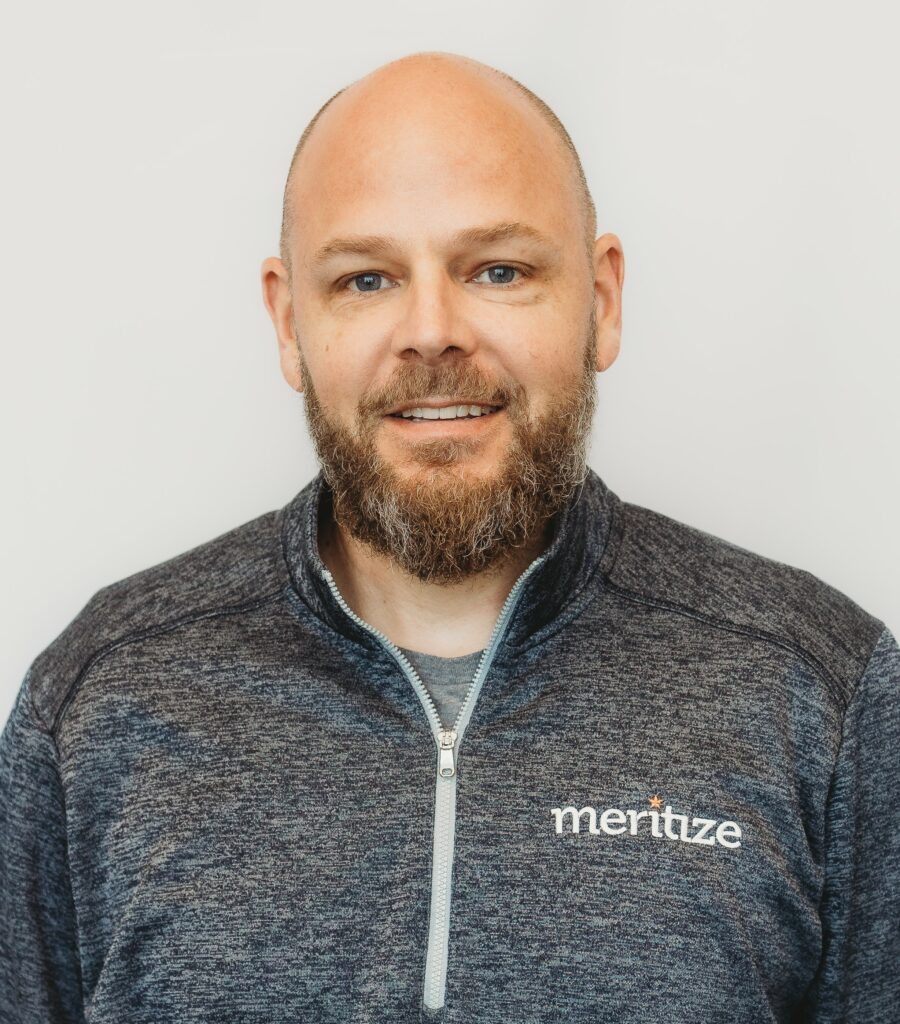
“The most direct and probably popular approach is that we use someone’s academic history to help qualify them for financing,” he says. Keaveney notes that academic history could be a college degree, some college experience, high school completion, or a GED. Additionally, military history is also given consideration.
He says, “We’re not quite there yet, but how we can use someone’s work experience to qualify them for any financing needed for additional skills.”
Historically, credit has been a determining factor as to whether someone qualifies for financing. “It’s been well established that credit doesn’t predict whether someone’s going to finish the program that they’re starting. It doesn’t predict that they’re going to get a good job with whatever skills they get in that program.”
With a history in student lending that began in 2007, Keaveney says opportunity is not afforded to everyone. “I was able to see across the entire industry, not just at the bank where I worked, the way that everyone was looking at this created really significant issues of access for large swaths of people.”
He points out that Meritize has a borrower services team, “One cardinal rule of this team is that they never talk about payment or any of the financial aspects of the relationship.”
“The only thing they talk to the borrowers about is, ‘What is it that you’re facing? What are the issues and how can we help solve them?’ So, everything from, ‘I’ve got a big interview for a job and I’m not sure how to handle it’ to how to negotiate the job offer to helping people understand how to network.”
A Strong Partnership
Keaveney says collaborating with the Arizona Heart Foundation has been in place for several years. “They’re one of the poster children for what it is we’re trying to accomplish,” he says.
“They do such a great job of providing skills to their students and the outcomes for those folks who enroll in their program are phenomenal. That kind of gets lost in a lot of the conversation around these nontraditional programs,” says Keaveney.
He continues, “Every program we work with, we make sure that we are 110% convinced that it has a positive ROI for the student.”
Preventative Measures
“The key thing about the ultrasound is you don’t know what you don’t know. If you have this preventative sort of diagnosis, you can learn a lot,” says Kerrigan. “We’ve heard story upon story about people who, if they just had an ultrasound machine and were able to have access to it, they wouldn’t ended up on the operating table.”
Kerrigan says, “The foundation still operates as a nonprofit. We are doing an initiative throughout the state of Arizona where we go out and reach people in rural areas and do free scans for them. We use the church, we use a mobile lab, or we do whatever, but we get out there and try to make this more accessible to towns where they don’t even have an ultrasound machine.”

